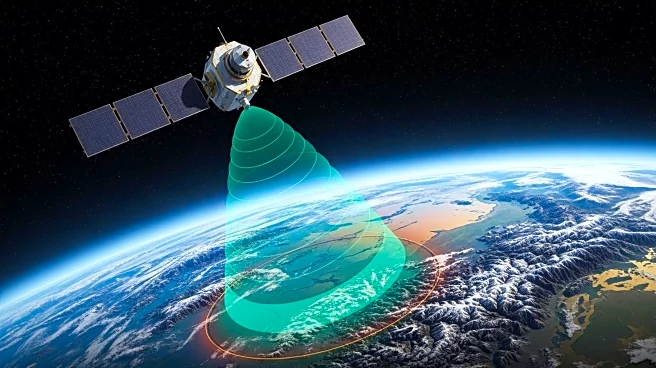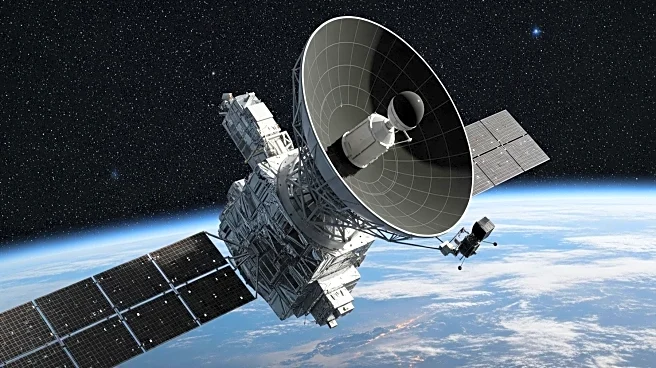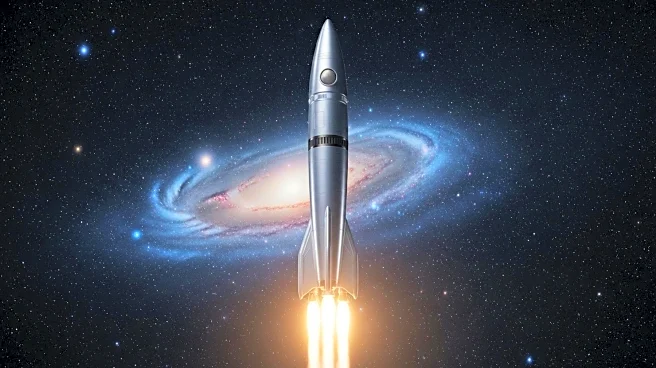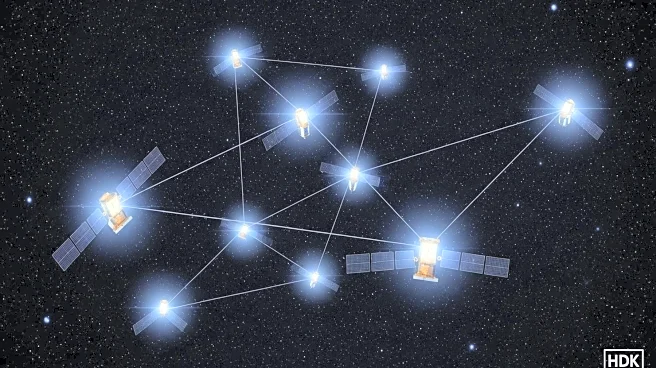What's Happening?
NASA has released the first radar images from its new Earth-mapping satellite, showcasing the Maine coast and North Dakota farmland in remarkable detail. The satellite, known as NISAR (NASA-ISRO Synthetic Aperture Radar), is a joint mission between NASA and the Indian Space Research Organization (ISRO). Launched from India two months ago, the satellite orbits 464 miles above Earth in a near-polar orbit. This $1.3 billion mission aims to survey the world's land and ice masses multiple times, providing critical data for tracking shifts in land and ice. The images released are a preview of the satellite's capabilities, with full science operations expected to commence in November.
Why It's Important?
The NISAR satellite represents a significant advancement in Earth observation technology, with the potential to greatly enhance disaster response and environmental monitoring. By providing detailed images of land and ice shifts, the satellite will aid forecasters and first responders in managing natural disasters such as floods, landslides, and volcanic eruptions. This capability is crucial for improving preparedness and response strategies, potentially saving lives and reducing economic losses. The collaboration between NASA and ISRO also highlights the importance of international partnerships in advancing space exploration and technology.
What's Next?
As the satellite begins full science operations in November, it is expected to deliver comprehensive data that will be invaluable for environmental monitoring and disaster management. Stakeholders, including government agencies and scientific communities, will likely utilize this data to enhance predictive models and response strategies. The success of this mission could also pave the way for future collaborations between NASA and ISRO, potentially leading to more advanced Earth observation missions.











